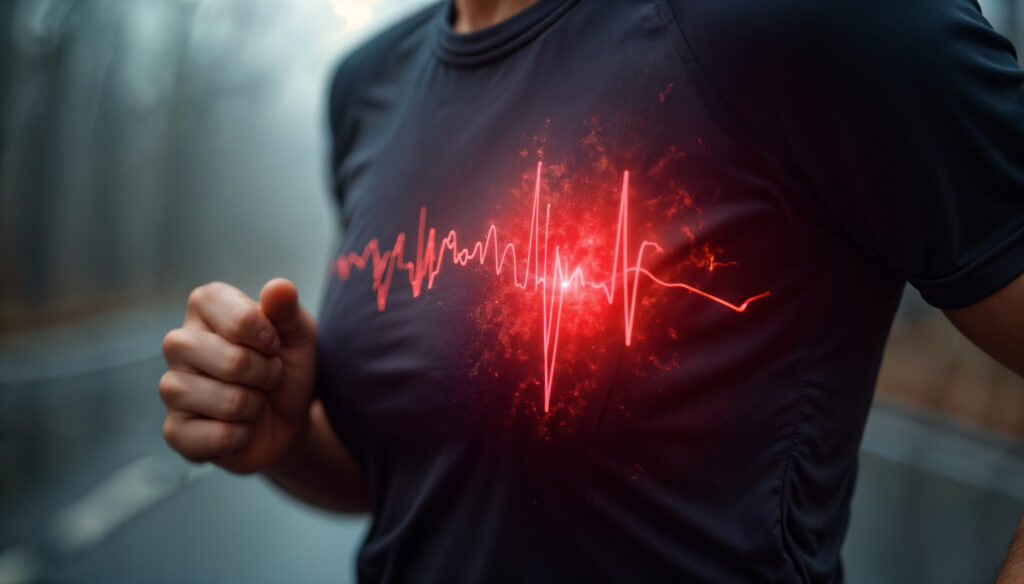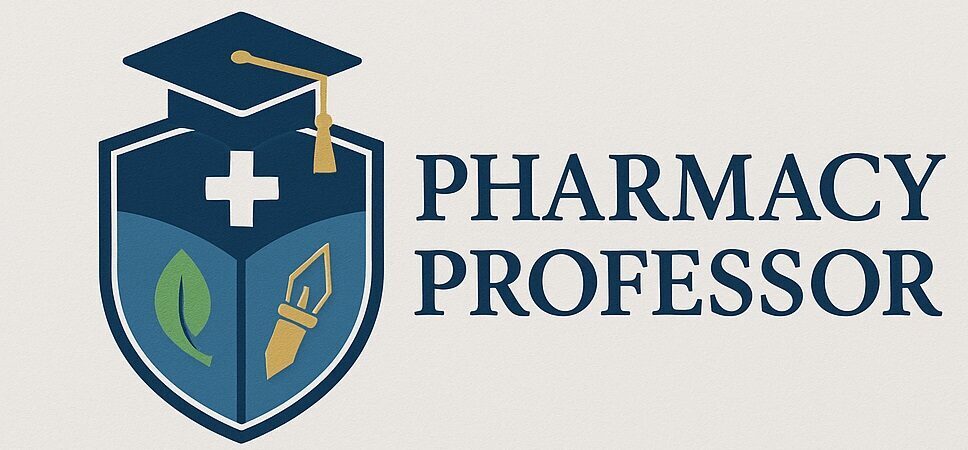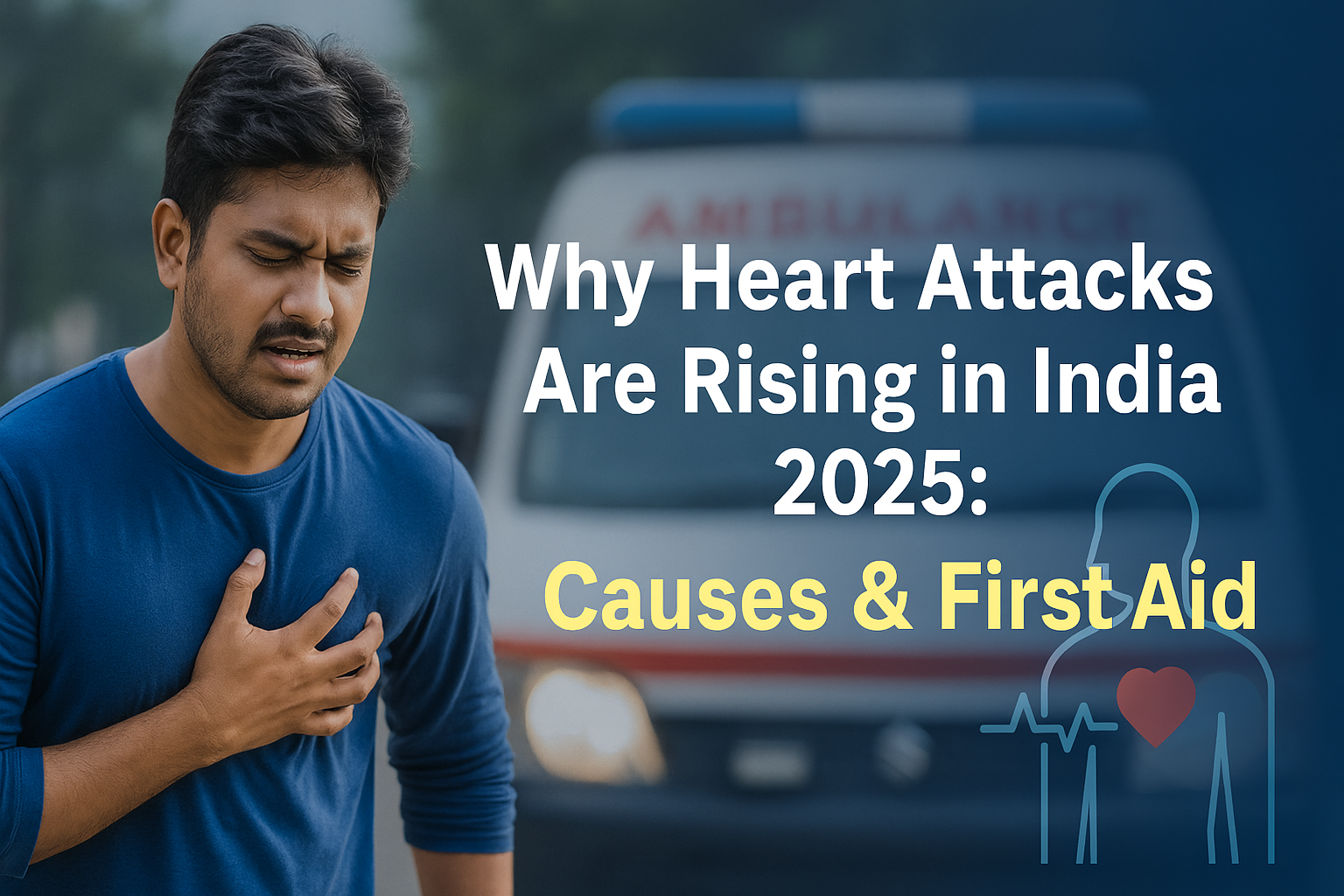🚀 Introduction: What is a Heart Attack and Why Does It Happen?
A heart attack, also known as myocardial infarction, occurs when blood flow to the heart muscle is suddenly blocked, usually due to a blood clot. This blockage can damage or destroy part of the heart muscle. Heart attacks are often confused with cardiac arrest, but they are different. In a heart attack, the heart usually doesn’t stop beating. However, it can lead to cardiac arrest if not treated promptly.

⚠️ Is It Only for the Elderly?
Not anymore. Recent trends suggest an alarming rise in heart attacks among younger adults aged 30–45. Stressful lifestyles, sedentary behavior, poor diets, smoking, obesity, and post-COVID complications have increased the risk among this age group. The modern work culture, lack of physical activity, and mental health issues are further accelerating cardiovascular risks in India.
🚫 Why You Should Not Panic
While the increase in heart attacks is concerning, panic doesn’t help—it leads to misinformation and anxiety. Instead of fear, awareness, prevention, and timely first aid are the key steps to saving lives. Educating oneself and others, maintaining a healthy lifestyle, and preparing for emergencies are far more productive than spreading panic.
NCRB Stats & Trends (2020–2024)
📉 According to the National Crime Records Bureau (NCRB)
- 2021: 28,413 deaths due to heart attacks
- 2022: 32,457 heart-related deaths, marking a 12.5% increase from 2021
However, the estimate for 2023 is not directly available from the NCRB data. According to recent reports, approximately 2.8 million people die from cardiovascular diseases in India each year, with around 50% of these deaths due to heart attacks. This translates to about 7,700 deaths per day or five Indians dying every minute from a heart attack ².
Some key statistics on heart attack deaths in India include ² ³:
- Mortality Rate: 272 deaths per 100,000 people, exceeding the global average of 235
- Urban vs. Rural: Mortality rates are significantly higher in urban areas (450 per 100,000) compared to rural areas (200 per 100,000)
- Age Group: Heart disease is no longer just a concern for the elderly, with rising cases among youth aged 15-20
- COVID-19 Impact: The incidence of heart attacks and heart failure has increased by 25-30% in people who got infected with COVID-19
Given the alarming rise in heart attack deaths, it’s essential to focus on preventive measures, timely diagnosis, and proper treatment
🫱 Age-Wise Breakdown:
- 30–60 years: Account for nearly 70% of all heart attack deaths in 2021
- Under-30: Witnessed a 40% rise in heart-related deaths over 5 years—from 2,371 in 2018 to 3,329 in 2022
These numbers clearly show that the younger population is no longer immune to cardiovascular threats.
✉️ Sources:
COVID Vaccine and Heart Attack – Myths vs. Facts
❌ Myth: “COVID Vaccine Causes Heart Attacks”
This myth has circulated widely, especially after a few high-profile sudden deaths.
✅ Fact:
Scientific evidence and health agencies such as CDC and WHO have clarified that COVID-19 vaccines do not directly cause heart attacks. In rare cases, vaccines have been associated with mild myocarditis, mostly in young males, but these instances are extremely rare and treatable.
Moreover, COVID-19 infection itself poses a far greater risk for heart complications. A study from the American Heart Association showed that COVID-19 increases the risk of heart attacks and strokes for up to three years post-infection.
🔬 Supporting Research:
First Aid Guidance – What to Do During a Heart Attack
🔍 Signs & Symptoms of a Heart Attack:
- Chest pain or discomfort
- Pain in arms, back, neck, jaw, or stomach
- Shortness of breath
- Cold sweat, nausea, or lightheadedness
⚡ Immediate Actions:
- Call 108/112 (emergency services) immediately
- Make the person sit down and keep calm
- If available, give aspirin (unless allergic) – helps reduce blood clotting
- Monitor breathing and pulse – if the person becomes unresponsive, start CPR
🫀 Hands-Only CPR Steps:
- Place the person on a flat surface
- Begin chest compressions at 100–120 per minute
- Push hard and fast in the center of the chest
- Continue until medical help arrives or the person regains consciousness
📢 Using an AED (if available):
An Automated External Defibrillator can help restart the heart if it stops. Offices, airports, and malls often have AEDs. Learn how to use one in a certified CPR course.
Prevention & Lifestyle Tips
🩺 Regular Health Check-ups
- Monitor blood pressure, cholesterol, and blood sugar every 6 months
- Annual ECG or stress test if you have a family history of heart disease
🥗 Heart-Healthy Diet:
- High fiber: Oats, legumes, fresh vegetables
- Lean proteins: Fish, tofu, and eggs
- Heart-healthy fats: Olive oil, nuts, and flaxseeds
- Avoid: Processed foods, sugary beverages, and excessive salt
- Balanced diet and nutrition for heart health
🧘 Lifestyle Habits:
- Exercise: Minimum 30 minutes of walking, swimming, or yoga daily
- Sleep: At least 7–8 hours per night
- Quit Smoking and avoid alcohol overuse
- Mental Wellbeing: Meditation, socializing, and regular relaxation can reduce stress-induced heart issues
💉 Important Vaccinations:
- COVID-19 booster
- Flu shot (especially for those with heart disease)
- Pneumococcal vaccine for elderly or immunocompromised
Case Studies from India (2023–2024)
📘 Case Study 1: The Professor Who Collapsed During a College Fest (Kochi, Age: 38)
Incident:
A 38-year-old male professor from Kochi collapsed unexpectedly during a college cultural festival. The event was packed with energy and students, and the professor had been actively coordinating multiple responsibilities. Despite no prior cardiac history, he suddenly fainted on stage. He was rushed to the hospital but could not be revived.
Medical Cause:
Later, it was revealed that he had undiagnosed hypertension (high blood pressure) combined with severe mental and physical stress, both of which are major risk factors for cardiovascular incidents. Unfortunately, he had never undergone routine health screenings, as he considered himself “young and healthy.”
Key Takeaways:
- Hypertension is often a silent killer. Many people do not experience symptoms until a serious event like a stroke or heart attack.
- Chronic stress, especially in academic or leadership roles, can silently erode heart health.
- Routine checkups and blood pressure monitoring are essential—even for those in their 30s.
Prevention Tip:
Faculty and professionals in high-stress environments should undergo annual cardiac screenings and practice stress management techniques like yoga, meditation, or regular physical exercise.
📘 Case Study 2: The IT Professional Who Suffered a Heart Attack Post-COVID (Technopark, Age: 40)
Incident:
A 40-year-old software developer from Technopark collapsed at his workstation just a week after returning from a COVID-19 recovery leave. His co-workers noticed signs of fatigue but attributed it to his recent illness. He complained of mild chest discomfort earlier in the day but dismissed it as acidity. He suffered a massive heart attack and died before medical help could arrive.
Medical Cause:
The heart attack was triggered by post-COVID complications, particularly inflammation in the blood vessels (endotheliitis) and lingering myocardial stress, made worse by sedentary lifestyle and skipping follow-up health checks.
Key Takeaways:
- COVID-19 can lead to long-term cardiovascular issues like clotting, myocarditis, or inflammation even in younger patients.
- Ignoring symptoms like fatigue, chest pain, or shortness of breath post-COVID can be dangerous.
- Return-to-work evaluations are critical for those recovering from viral infections.
Prevention Tip:
After recovering from COVID-19 or any major illness, one should ease back into physical activity, monitor their heart health, and consult a doctor for a cardiac fitness clearance.
📘 Case Study 3: The Young Footballer Who Collapsed on the Field (Dubai, Age: 23)
Incident:
A 23-year-old professional footballer in Dubai collapsed suddenly during a competitive match. Despite immediate CPR and on-field defibrillator use, he was declared dead at the scene. The incident shocked fans and the sporting community.
Medical Cause:
A post-mortem revealed a genetic heart condition—Hypertrophic Cardiomyopathy (HCM)—a rare disorder that causes the heart muscle to thicken, making it harder to pump blood. There was no connection with any recent vaccine or drug use.
Key Takeaways:
- Genetic cardiac disorders like HCM often go undiagnosed without proper screening.
- Young athletes may appear to be in peak physical condition but can still carry hidden risks.
- Regular fitness or sports medical tests may miss deeper cardiac issues unless ECG, Echo, or stress tests are included.
Prevention Tip:
All athletes—even those in school or college—should undergo comprehensive cardiac screening at least once, especially if there’s a family history of heart issues
Frequently Asked Questions (FAQ)
Q1. Can heart attacks happen to young people?
Yes, heart attacks are increasingly being reported in people under 45, especially due to stress, high blood pressure, poor lifestyle, genetic factors, and post-COVID complications.
Q2. What are the silent signs of a heart attack that most people ignore?
Mild chest discomfort, unusual fatigue, back or jaw pain, shortness of breath, and indigestion are often mistaken for less serious issues but could be early signs of a heart attack.
Q3. How does COVID-19 increase the risk of heart attacks?
COVID-19 can cause inflammation of the heart muscles and blood vessels. Even weeks after recovery, individuals may face an increased risk of clot formation or cardiac strain, especially if they resume intense activity too soon.
Q4. What are the top 3 ways to prevent sudden heart attacks in young adults?
- Get regular health checkups (BP, ECG, cholesterol)
- Manage stress through yoga, sleep, and lifestyle changes
- Avoid smoking, processed foods, and sedentary behavior
Q5. Should young athletes or professionals get cardiac screenings?
Absolutely. Even if you’re physically active, hidden genetic conditions like hypertrophic cardiomyopathy can go undetected without proper tests like ECG, echocardiogram, or stress tests.
📆 Conclusion: What You Should Do Today
- Don’t panic – spread awareness, not fear
- Get regular heart health check-ups
- Enroll in CPR and First-Aid training
- Adopt heart-friendly habits – from food to fitness
- Stay informed through reliable sources like:
✉️ Call to Action
Do you know where CPR training is offered in your area? Leave a comment and share local centers or online programs.
For more guidance, connect with:
👉 Stay Alert. Stay Informed. Save Lives.

